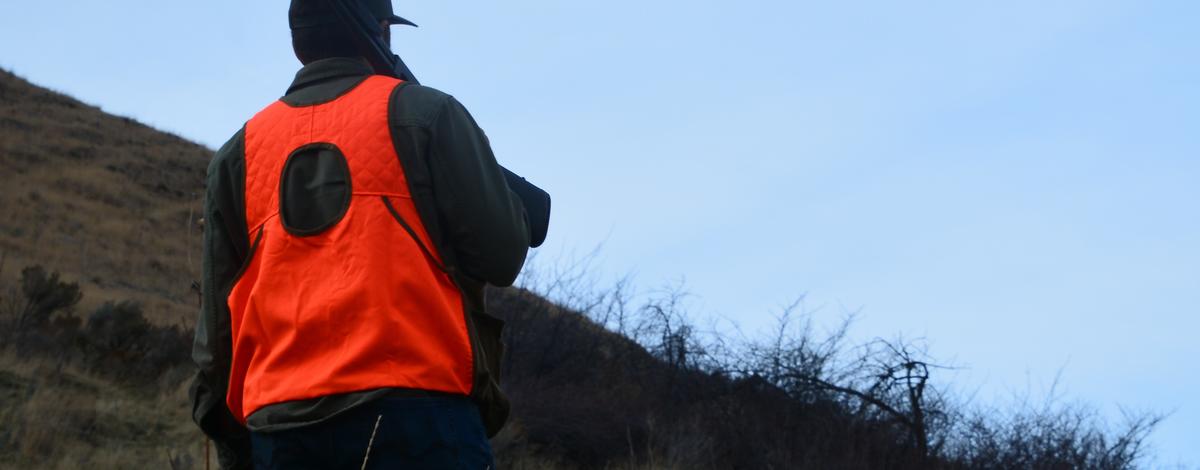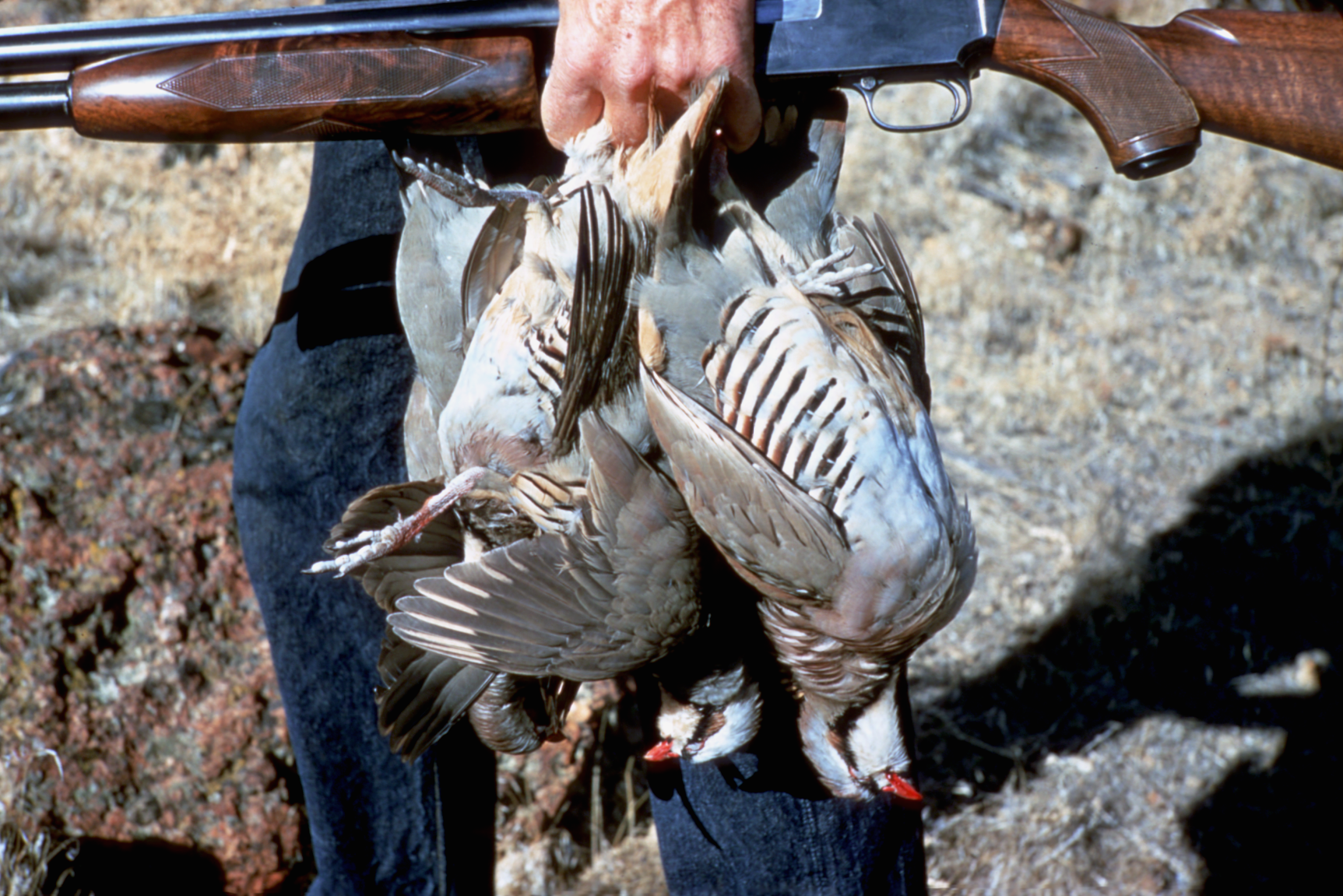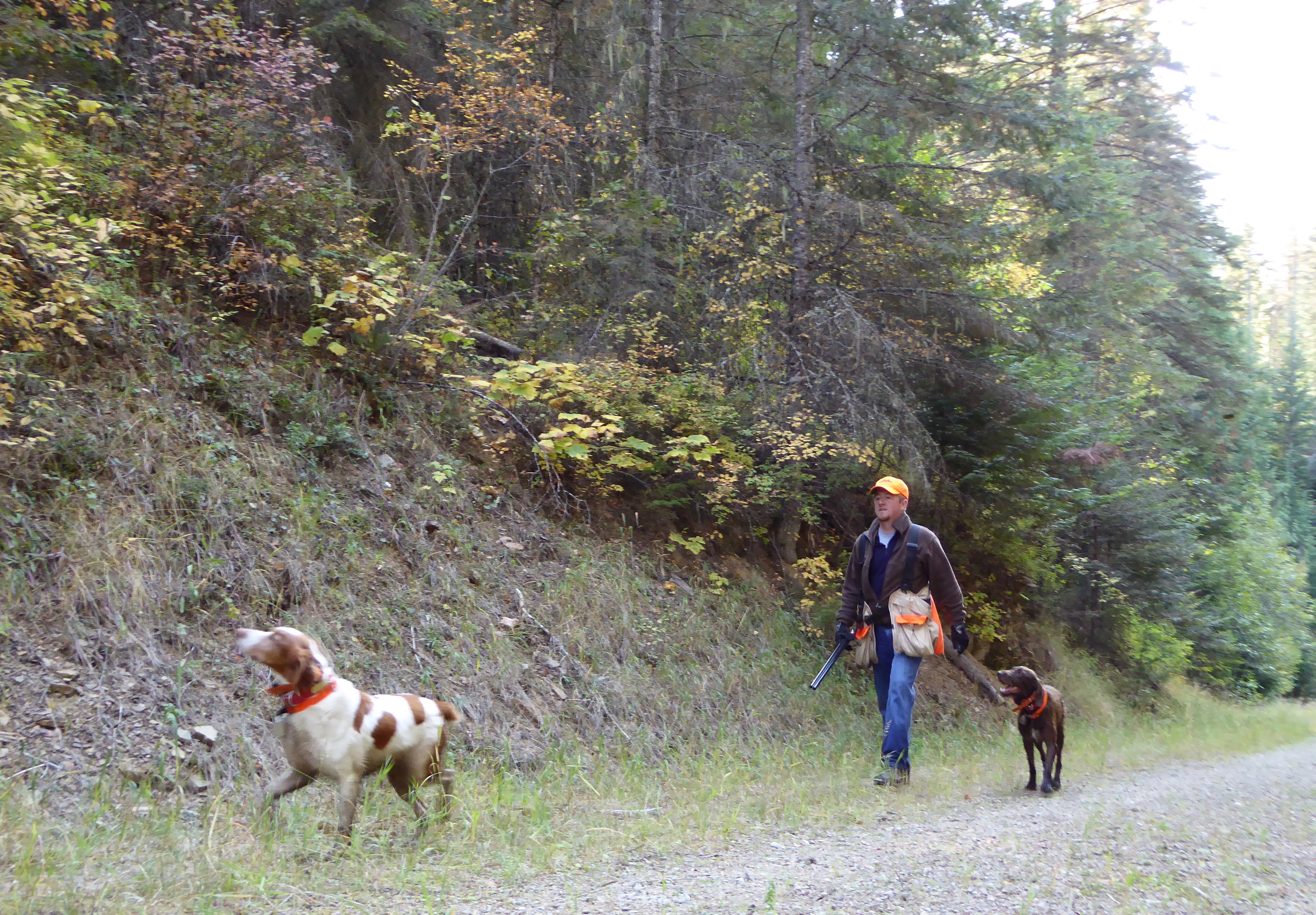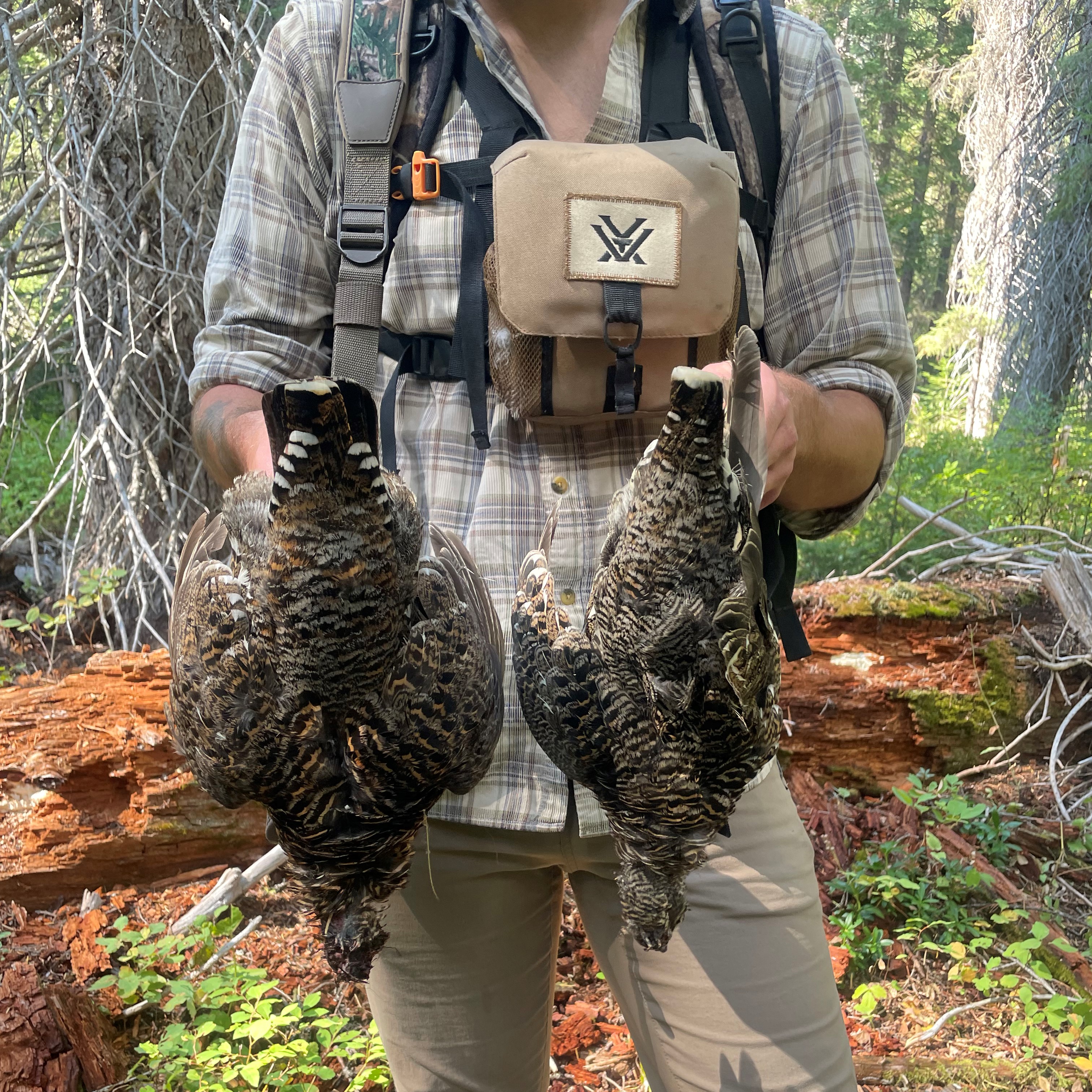Idaho, with one of the most rugged landscapes in the union, offers a ton of upland game bird hunting opportunities. Whether you find yourself in the high-mountain timber or the lowland-sagebrush steppe, there’s a good chance you’re in upland bird country.
Upland game birds are sensitive to environmental factors, like temperature and precipitation, and often vary in number from year to year. Oftentimes these can be very localized, so hunters may not see the same impact in other parts of the state.




